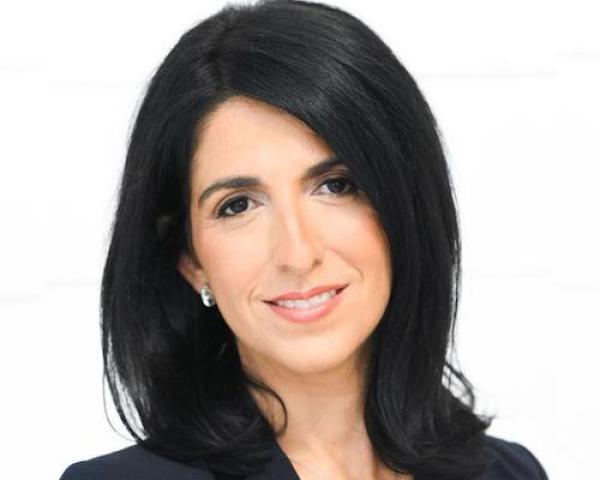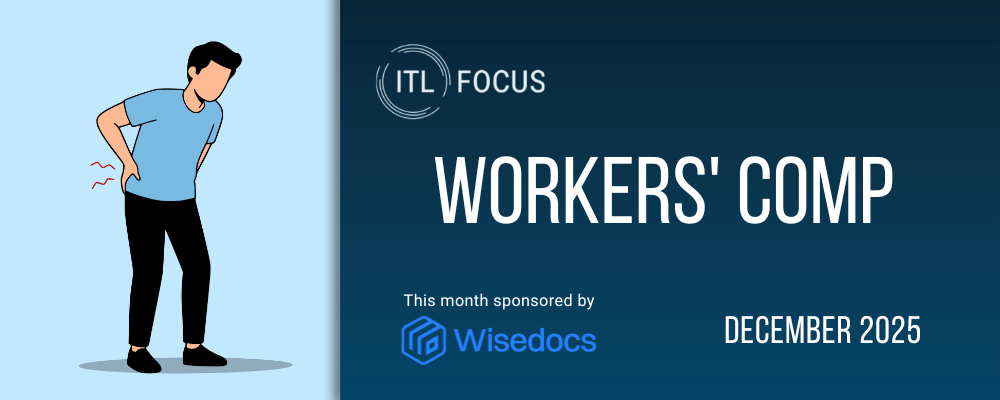In the ever-evolving landscape of employee benefits, self-funding of healthcare offers the potential for greater cost control, flexibility and customization and has become the choice for many employers. At the heart of a successful self-funded approach is a strong medical stop loss insurance (MSL). And employers must understand the pivotal role that different stakeholders hold in designing an optimized MSL strategy.
Collaboration for Success: The Crucial Stakeholders
An effective MSL strategy goes beyond a mere insurance purchase. It's a comprehensive approach that requires collaboration among various stakeholders, so employers need to have clear lines of communication with, and input from, those accountable to the execution of their strategy. These range from captive insurers, reinsurers, clinical teams, underwriters and claims professionals to captive managers and participating companies – all essential for the thriving of the self-funded healthcare model.
Captive Insurer and Reinsurer: Building a Solid Foundation
The foundation of many strong MSL strategies lies in a well-structured captive insurance arrangement. The captive insurer, serving as the company's personal insurance segment, brings a degree of control and flexibility in managing risks. It facilitates a partnership with organizations to fine-tune insurance policies, ensuring they meet specific employee health demands and the participants' unique benefit needs. This customization can encompass coverage extents, terms, premium pricing and claim procedures.
Reinsurers, or excess risk protection through a fronting carrier, complement this structure by providing financial safeguarding, absorbing the shock of unusually high and unforeseen medical costs that could otherwise destabilize an organization’s financial health. These collaborative efforts between captive insurers and reinsurers provide a tailored, risk-mitigated coverage essential for the adaptability and durability of self-funded healthcare, addressing limitations often encountered in conventional insurance models.
See also: A Milestone in Healthcare
Clinical Team: Data-Driven Decision Making
The clinical team’s significance in formulating an effective MSL strategy is paramount. By scrutinizing data, evaluating risks and spotting health trends, these experts furnish employers with the necessary analytics to make informed decisions. Group programs like QBE North America's Agora stand out by embracing comprehensive health management, facilitated by a clinical risk management team analyzing claims utilization and costs to influence adoption of the most significant risk management strategies.
Underwriting and Claims Professionals: Balancing Risk and Cost
The expertise of underwriters and claims professionals is central to maintaining stable operations of any captive strategy. Their expertise ensures that the MSL strategy strikes a balance between managing financial exposure and controlling costs. They navigate the complex realm of past claims data and the current and potentially continuing health conditions of the plan’s membership. This deep dive analysis provides critical insight into the particular health risks specific to each employer’s situation.
For example, QBE North America's underwriting team leverages data analytics to tailor solutions that not only meet employers' financial objectives but also provide a buffer against unexpected medical expenses. Customizing MSL plans ensures alignment with a company’s distinctive needs, taking into account the specific health demands and risk profile of its employees.
Captive Managers and Participating Companies: Seamless Administration
Captive managers play a crucial role in overseeing the day-to-day operations of the self-funded healthcare strategy, as well. They ensure compliance, handle administrative tasks and facilitate communication among all stakeholders. However, the insurer or reinsurer is often called on to provide specialized support in adjudication of MSL claims, as complications may disrupt the health plan, third party administrator and member’s medical provider. This streamlined approach through a partnership allows participating companies to focus on their core operations while reaping the benefits of self-funded healthcare.
Monthly Stakeholder Meetings: Continuing Innovation
A standout feature of successful MSL captives is consistent and diligent engagement of the stakeholders in the partnership. Regularly scheduled meetings or discussions reviewing historical and emerging claim trends and loss ratio performance meetings are engines of innovation, promoting transparent communication, collaborative learning and perpetual refinement of strategies. They allow for targeted discussions to draw wisdom from various experts, encouraging informed, forward-thinking decisions in managing healthcare costs.
See also: How Digital Health, Insurtech Are Adapting
Transparency and Control: The Guiding Principles of MSL Captives
In an era where healthcare costs loom as a formidable challenge, MSL captives are guided by the principles of transparency and control. They represent the forefront of innovation in healthcare cost management, offering the industry a path toward sustainable solutions.
Conclusion
In the realm of self-funded healthcare, the significance of top-tier medical stop loss insurance partnerships cannot be overstated. A successful MSL strategy thrives on collaboration among diverse stakeholders, each playing a pivotal role in ensuring its effectiveness. Further, the importance of aligning with a fronting carrier with the financial class size and rating strength that demonstrates a track record and longevity cannot be overlooked.
As the landscape of employee benefits continues to evolve, the synergy among stakeholders will remain the cornerstone of a prosperous self-funded healthcare journey






